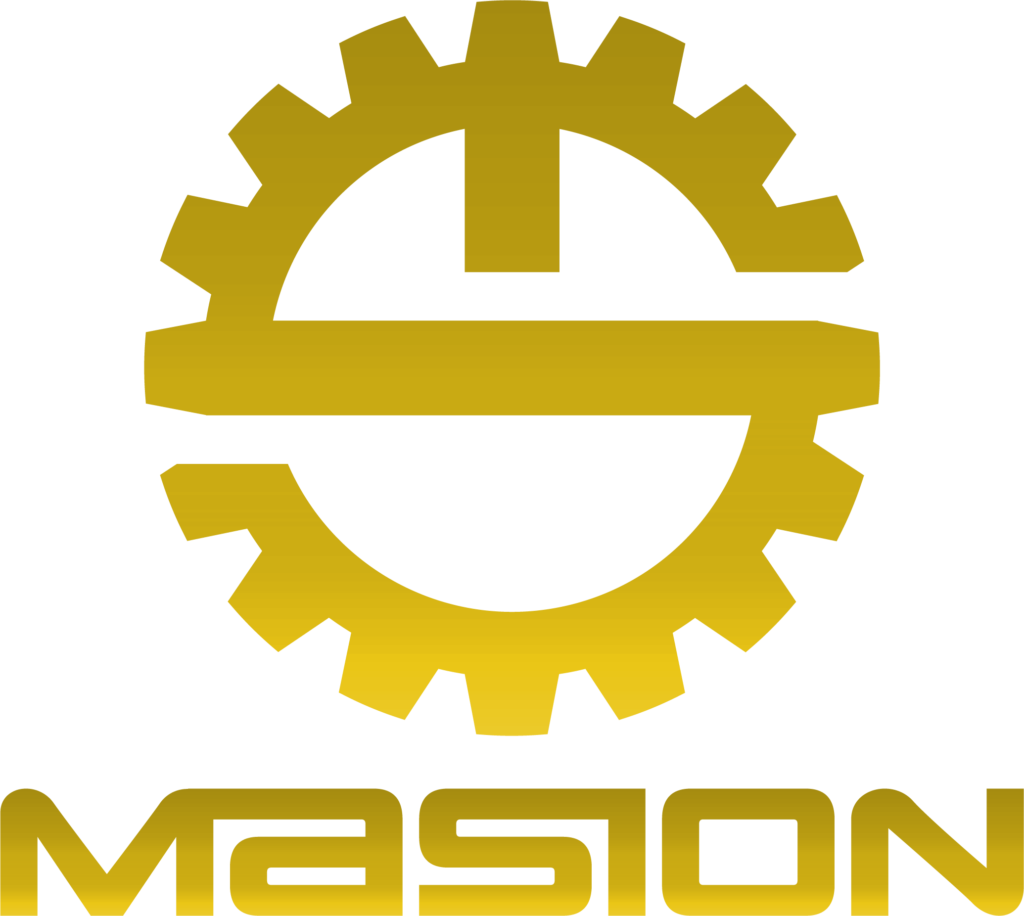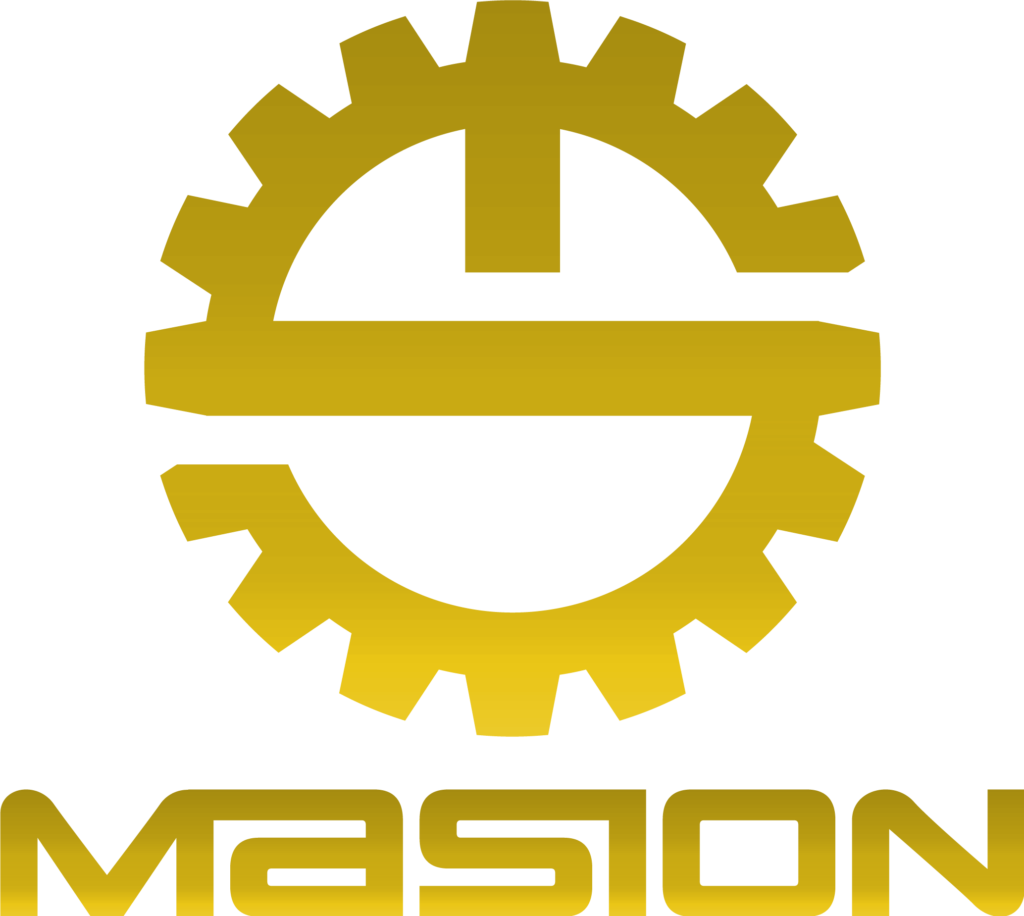CNC POM Machining
CNC POM Machining

Surface Finishes after CNC POM Machining
| Picture | Surface finishes | Machining principle | Material | Colors | Texture | More |
|---|---|---|---|---|---|---|
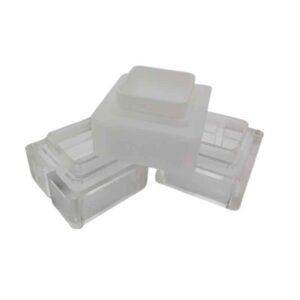 | Bead blasting | Bead blasting acrylic is created by spraying substances like aluminum oxide onto the surface of acrylic sheets to achieve a certain level of matte texture. Bead blasting acrylic surfaces exhibit a matte texture while maintaining high transparency and resistance to scratching. It is commonly used in the production of items such as seats and furniture. | Silicon carbide, glass sand, alumina | N/A | Matte | Learn More |
 | Polishing | After polishing, acrylic exhibits a highly reflective mirror-like surface texture. Mirror acrylic is characterized by high transparency, high reflectivity, and a smooth surface, making it commonly used in the production of decorative items and display cases | #1200 to #2000 sandpaper | Transparant | Glossy | Learn More |
 | Paint spraying | Utilize appropriate spray techniques, such as spray pressure, spray distance, and spray angle. Ensure even coating and prevent dripping or accumulation | Water-based acrylic paint,Solvent-based acrylic paint | Different colors | Glossy | Learn More |
Some Picture of CNC POM Machining Parts
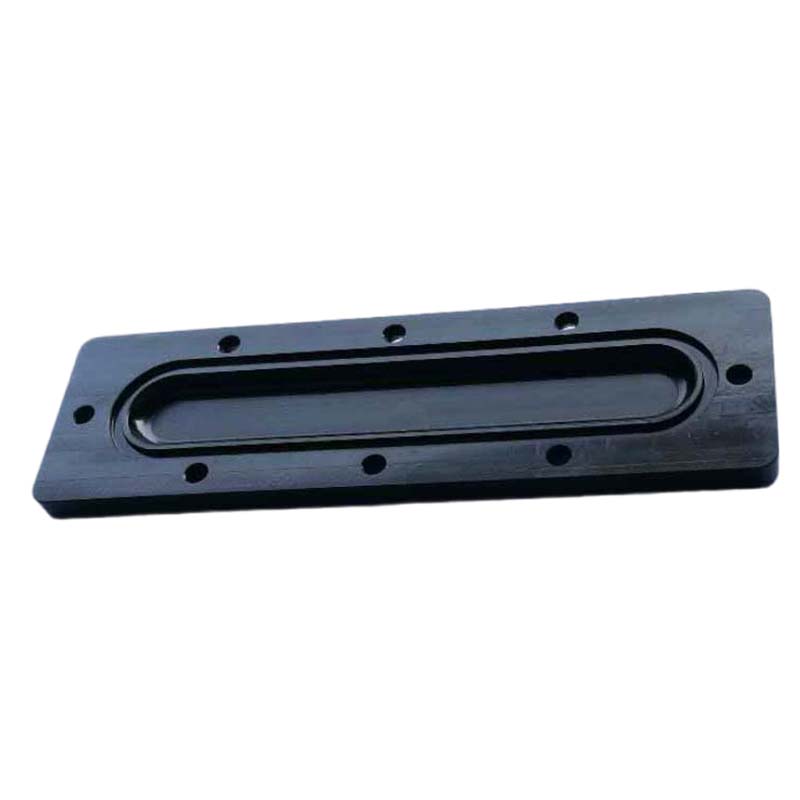


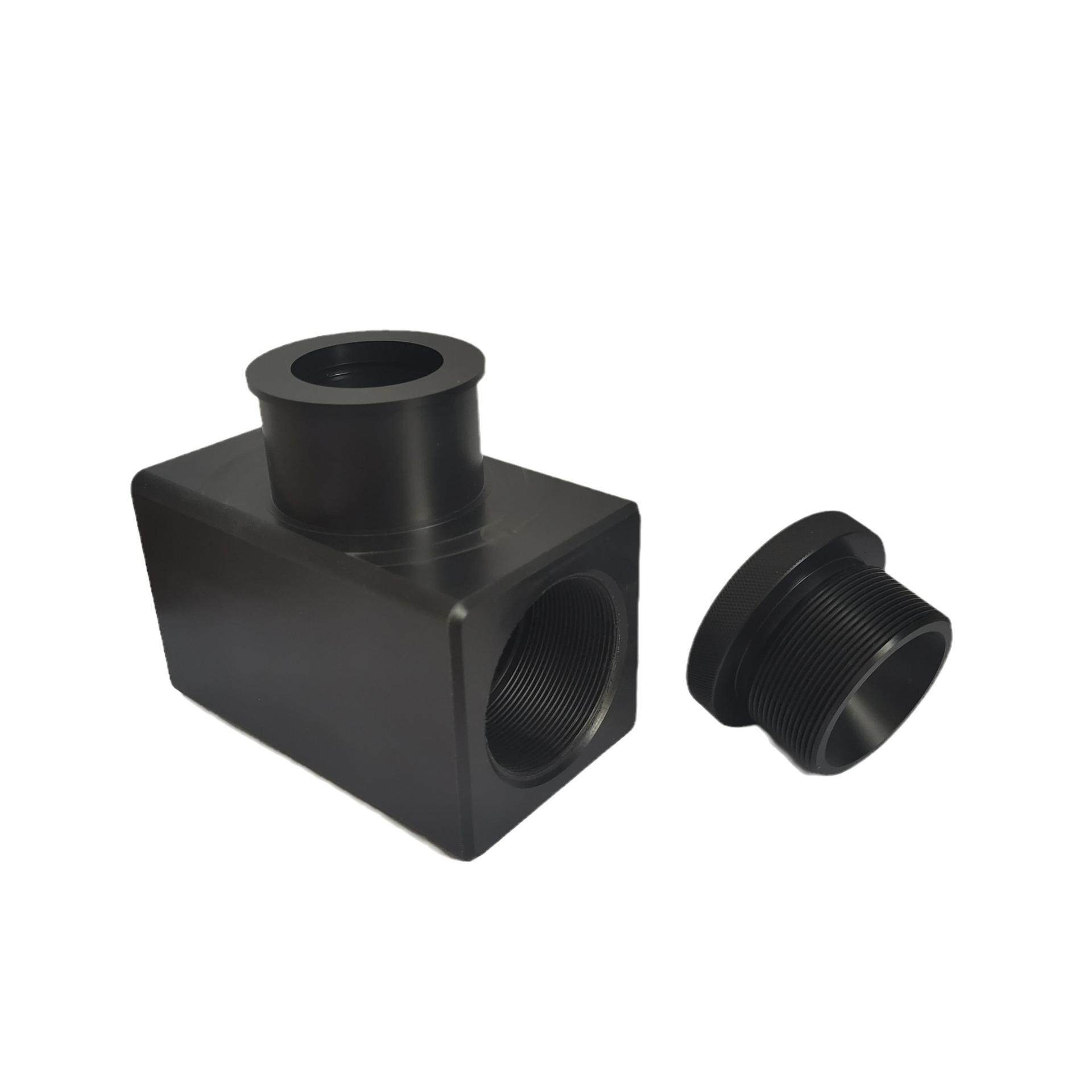

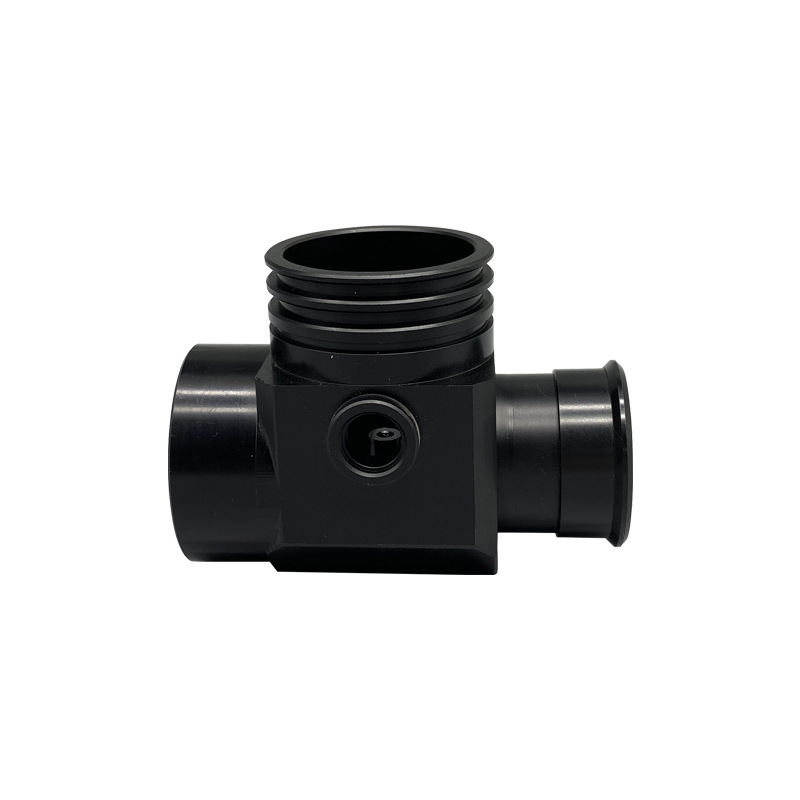
CNC POM Machining FAQs
POM is recognized as a high-performance engineering plastic, valued for its exceptional blend of strength, rigidity, minimal friction, and resistance to wear. It is commonly used in CNC machining because it can be easily machined into precise components, making it suitable for a wide range of applications.
CNC machined POM parts are used transmission parts, sensor brackets, door lock components, electrical enclosures, plugs, sockets, connectors, switches, and switch components; medical equipment enclosures, fixtures, connectors, and parts; conveyor belts, bearings, gears, pulleys; door handles, home accessories; bicycle components, sports equipment parts; watch parts, zippers, fasteners; toy components, toy connectors, slide rails, bearing seats, connectors, insulating partitions, terminals; mechanical and adhesive machinery for making pumps, piston ring grooves, blade valve parts, watch components, camera parts; in the automotive industry, carburetors, distributor components, electronic and electrical assemblies, batch gas valve gas, sensor components; tape recorder structural components, P-N junction diodes, various parts
- High mechanical strength and rigidity.
- High fatigue strength.
- Excellent environmental resistance and resistance to organic solvents.
- Strong resistance to repeated impact.
- Wide range of operating temperatures (-40°C to 120°C).
- Good electrical properties.
- Excellent resilience.
- Self-lubricating and good wear resistance.
- Superior dimensional stability.
POM can be sensitive to temperature, and excessive heat during machining can lead to thermal degradation or dimensional inaccuracies. It is also important to consider the release of formaldehyde when cutting or machining POM, which may require proper ventilation.
In general, CNCPOM machining involves various machining methods such as POM threading, POM milling, POM drilling, and POM turning,POM Waterjet cutting, POM laser cutting, and POM electrical discharge machining (EDM) can also be used for more complex geometries.
Tooling made from high-speed steel (HSS) or carbide is commonly used for POM machining. Appropriate cutting speeds and feeds should be determined based on the specific POM grade and machining conditions. Lubricants or coolants may be used to dissipate heat and reduce friction during machining.
To optimize the process, you should carefully select tooling, maintain proper machine setup, control cutting temperatures, and consider the use of sharp tools. Work holding and fix turing should be stable to ensure accurate machining. Additionally, it’s important to have experienced operators who are familiar with POM’s characteristics.
Safety precautions include proper ventilation to minimize exposure to formaldehyde fumes released during machining, as well as the use of appropriate personal protective equipment (PPE), such as safety glasses, gloves, and respiratory protection if needed.
Yes, POM parts can be post-processed by methods like polishing, sanding, or deburring to improve surface finish and remove any sharp edges.
The cost of CNC machining POM parts depends on factors like material costs, machining complexity, tolerances, and volume. It’s essential to work closely with a CNC machining service provider to get an accurate cost estimate for your specific project.
Free Sample
Explore More Plastic Materials
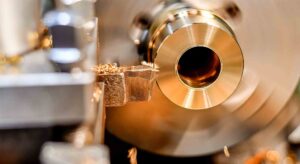
CNC Machining Bronze
There are many types of bronze, with commonly used ones including phosphor bronze, tin bronze, and aluminum bronze. Additionally, there are less commonly used types like beryllium bronze, silicon bronze,
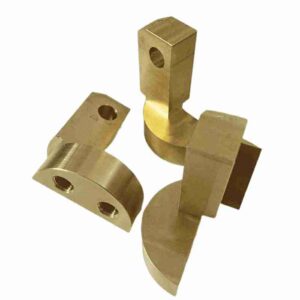
Copper CNC Machining
Copper, also known as pure copper, is classified into T1 to T44 based on its purity, with a higher number indicating a higher impurity content. It is also referred to
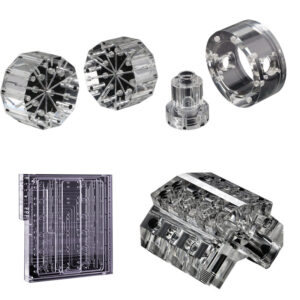
CNC PMMA Machining
PMMA is a material with high mechanical strength, strong dimensional stability, and excellent resistance to creep. PMMA sheet is a high-performance acrylic glass widely used in applications such as construction,
